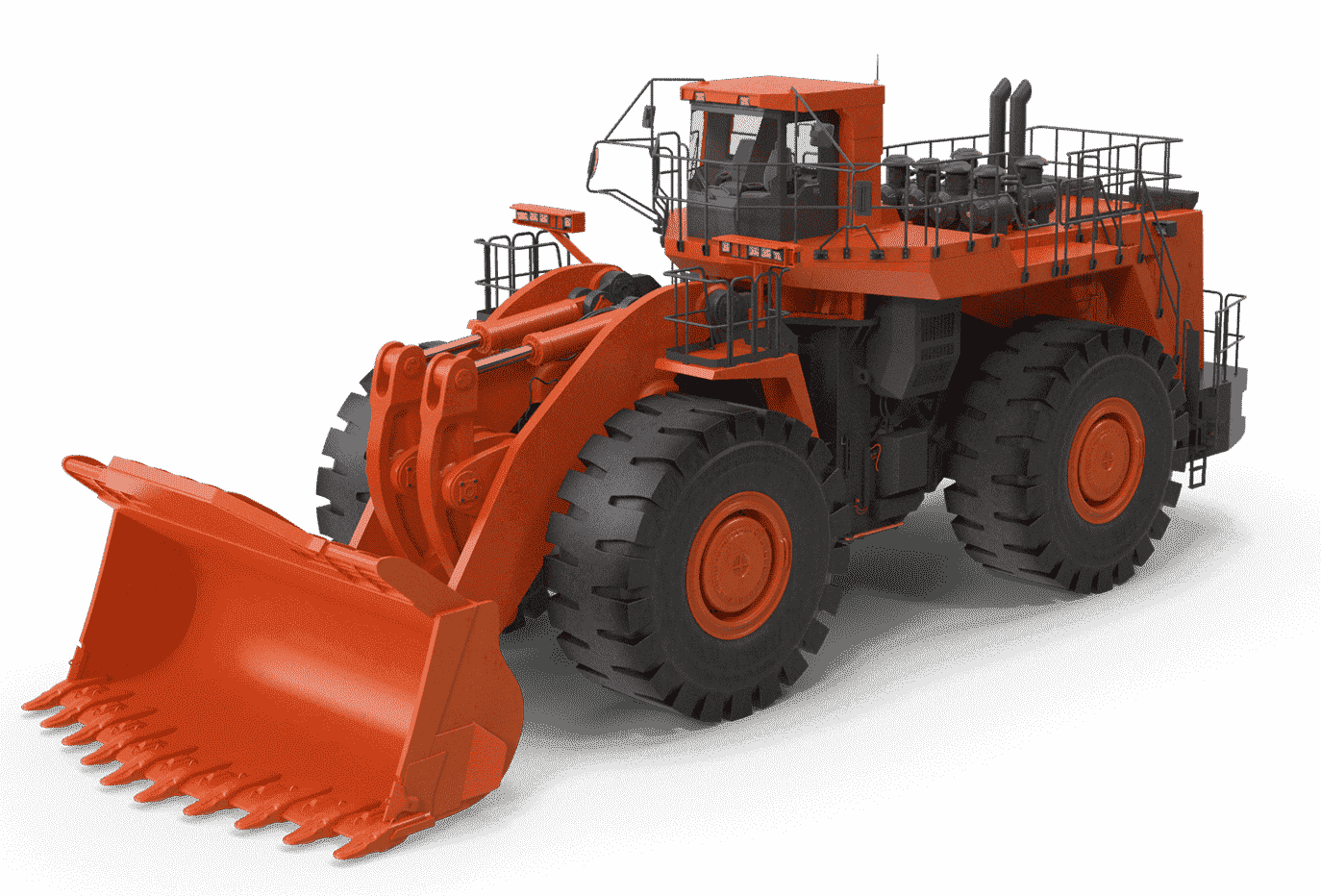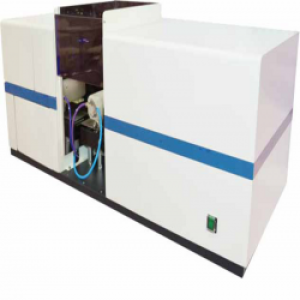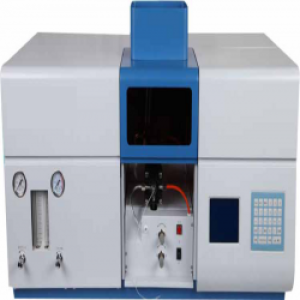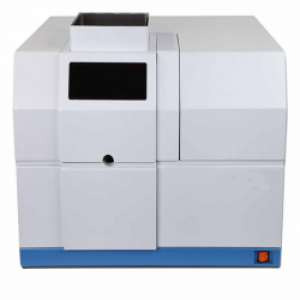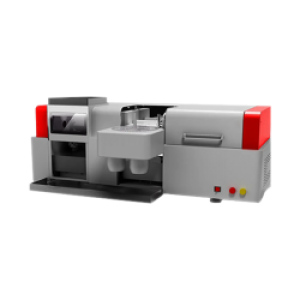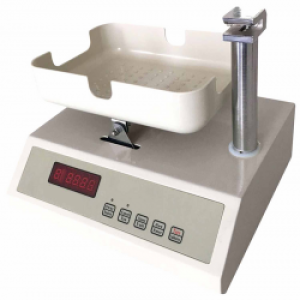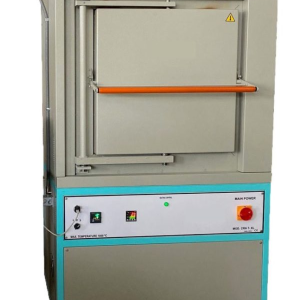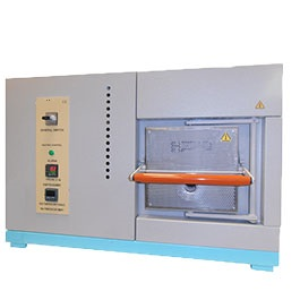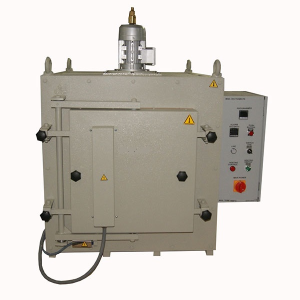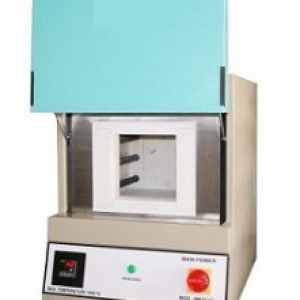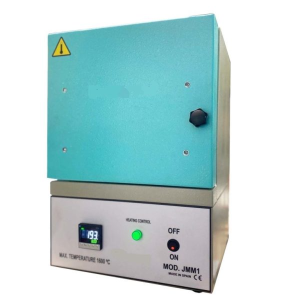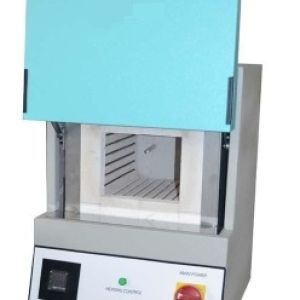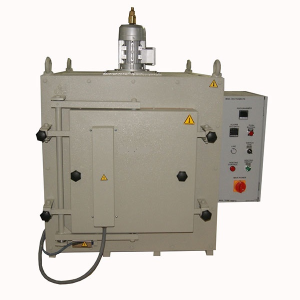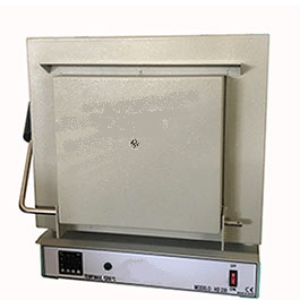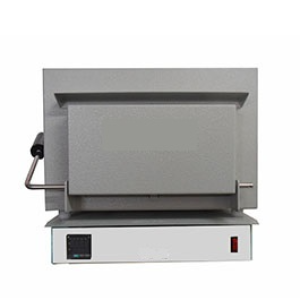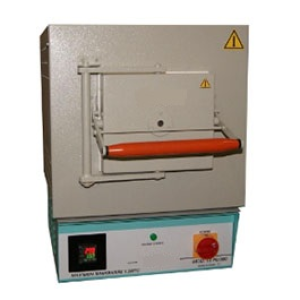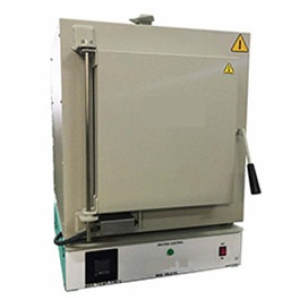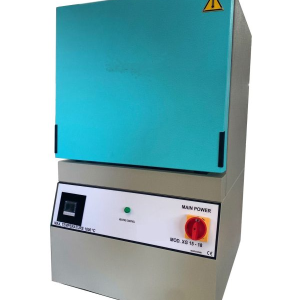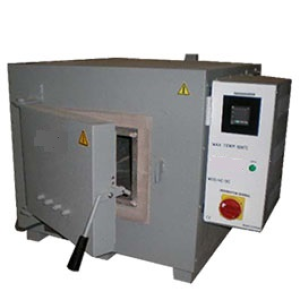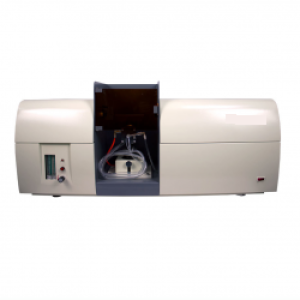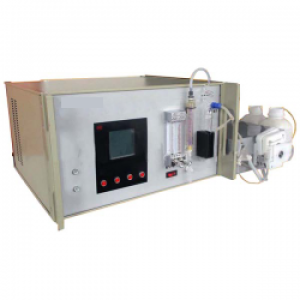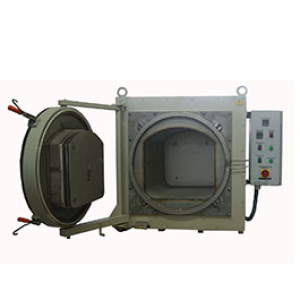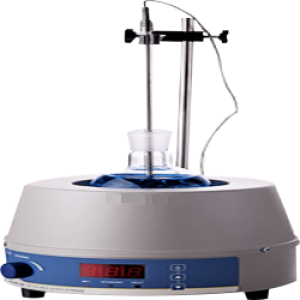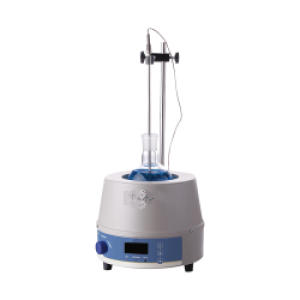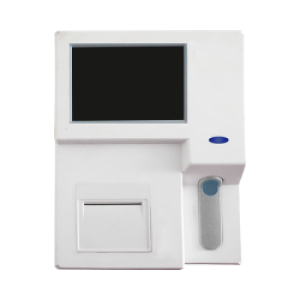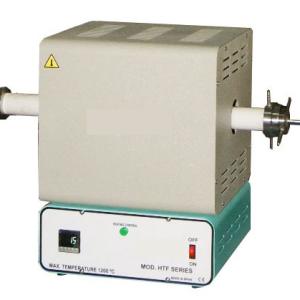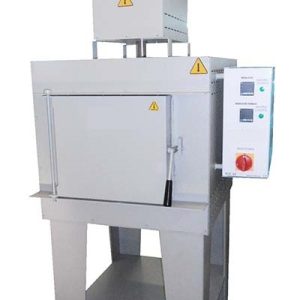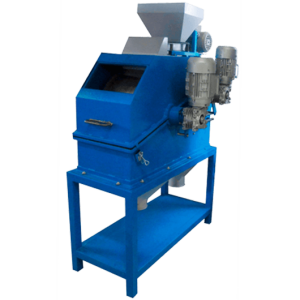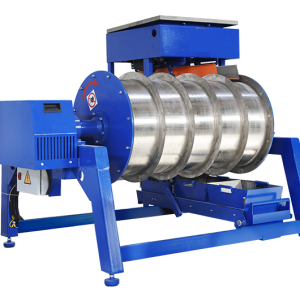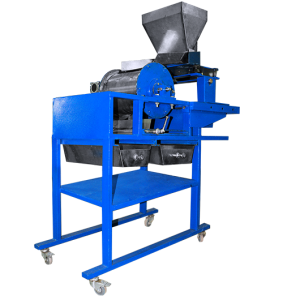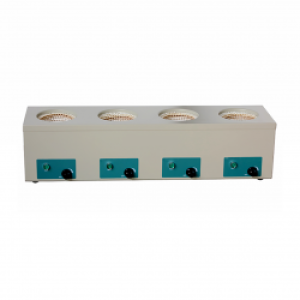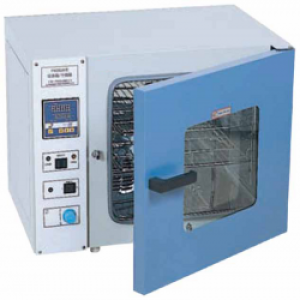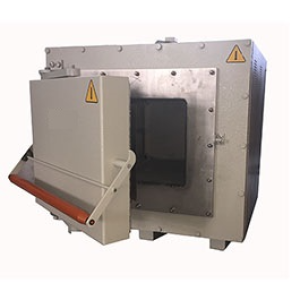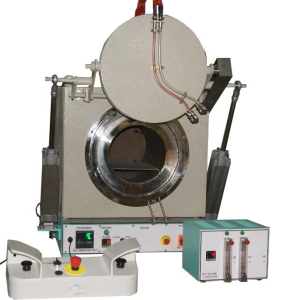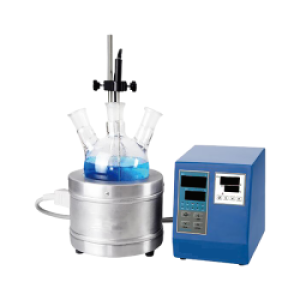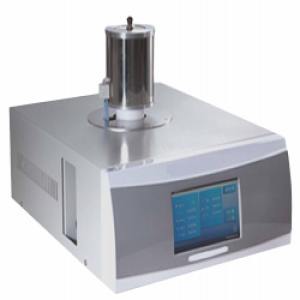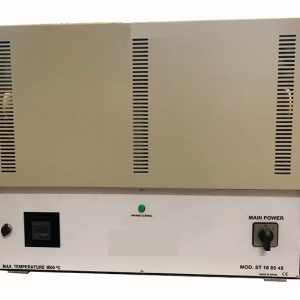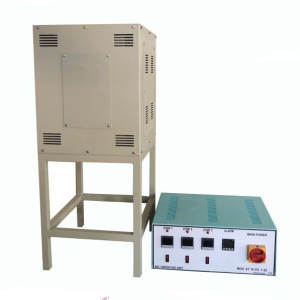Laboratory Equipments
Laboratory equipment plays a pivotal role in driving innovation and maintaining accuracy across scientific, educational, and industrial research sectors. From basic tools to advanced analytical instruments, this equipment forms the backbone of laboratories worldwide, enabling researchers to conduct experiments, validate hypotheses, and develop new technologies.
The Significance of Laboratory Equipment
Laboratory equipment is indispensable for conducting experiments, analyses, and research across a wide range of scientific disciplines, including chemistry, biology, physics, and medical sciences. The demand for sophisticated and reliable laboratory tools is driven by the needs of universities, research institutions, hospitals, and industrial laboratories worldwide. High-quality equipment ensures precise results, enhances research capabilities, and fosters innovation—making it a foundational element in scientific and technological advancement.

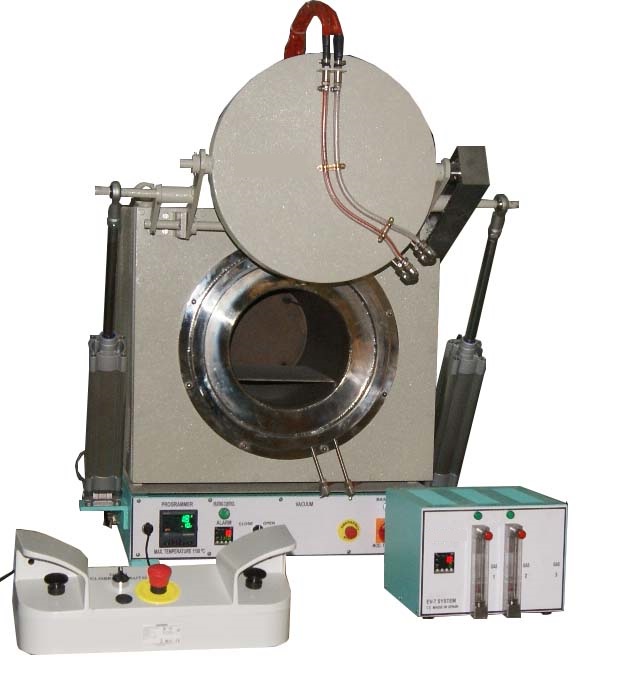
Types of Laboratory Equipment
Laboratories around the world utilize a diverse array of equipment, each tailored to specific functions and scientific applications. Below are some key categories of laboratory equipment commonly used in research, clinical, and industrial settings:
Analytical Instruments
This category includes spectrophotometers, chromatographs, and microscopes. These instruments are essential for identifying and quantifying chemical compounds, analyzing biological samples, and examining microscopic structures.
General Laboratory Equipment
Fundamental tools such as beakers, flasks, pipettes, and centrifuges fall into this category. They are used in routine laboratory procedures including mixing, heating, measuring, and separating substances.
Medical and Clinical Equipment
Hospitals and diagnostic laboratories rely on devices like blood analyzers, centrifuges, and autoclaves. These tools are critical for disease diagnosis, blood testing, and sterilization of instruments.
Biotechnology and Molecular Biology Equipment
PCR machines, gel electrophoresis units, and DNA sequencers are essential for genetic research, diagnostics, and advanced biotechnology applications. These tools enable precise molecular-level investigations and innovations.
Laboratory Safety Equipment
Maintaining a safe laboratory environment is critical. Fume hoods, safety showers, eyewash stations, and fire extinguishers are standard equipment to protect personnel from chemical exposure, fires, and other hazards.
Sources of Laboratory Equipment
The procurement of laboratory equipment typically involves multiple channels, each catering to varying technical requirements and budget considerations. Common sources include local suppliers, international distributors, online platforms, and institutional support mechanisms.
Local Suppliers
Local distributors and vendors often provide a wide range of laboratory products, from basic glassware to advanced analytical instruments. These suppliers are valued for their accessibility, faster delivery times, and cost-effective service and maintenance options.
International Distributors
For high-end, precision equipment, many laboratories turn to international distributors representing globally recognized brands. These sources offer advanced technologies from leading manufacturers based in countries such as the United States, Germany, and Japan, ensuring compliance with international standards and certifications.
Online Marketplaces
The rise of e-commerce has made purchasing laboratory equipment more convenient than ever. Online marketplaces offer extensive product selections, competitive pricing, and global shipping options. Institutions and researchers can easily compare specifications, reviews, and prices before making informed purchases.
Government and Institutional Procurement
Government agencies, universities, and research institutions often play a pivotal role in acquiring laboratory equipment through funded research grants, subsidies, or strategic partnerships. These programs enable access to cutting-edge tools and technologies, fostering scientific advancement and innovation.


The Impact of Laboratory Equipment on Scientific Progress
The availability and quality of laboratory equipment play a critical role in driving scientific and technological advancements. Modern equipment enables researchers, educators, and industries to conduct accurate experiments, generate reliable data, and innovate across multiple domains. Here are key areas where laboratory equipment significantly contributes to progress:
Medical Research and Healthcare
Advanced diagnostic and clinical laboratory equipment is essential for disease detection, treatment planning, and medical research. High-precision instruments support faster, more accurate diagnoses, driving breakthroughs in healthcare and improving patient outcomes.
Educational Development
In academic institutions, access to modern laboratory equipment enhances hands-on learning and practical skill development. Well-equipped laboratories help bridge the gap between theoretical knowledge and real-world applications, preparing students for careers in science, engineering, and healthcare.
Industrial Innovation
Laboratory instruments are indispensable for quality assurance, product development, and compliance testing in industries such as pharmaceuticals, food and beverage, chemicals, and textiles. Precise analytical tools ensure that products meet safety regulations and performance standards, driving innovation and competitiveness.
Environmental Science and Sustainability
Environmental laboratories rely on specialized instruments to monitor pollution levels, test air and water quality, and analyze environmental samples. This data is vital for developing sustainable practices, enforcing environmental regulations, and addressing climate-related challenges.
Agricultural and Food Research
Modern lab equipment supports research in soil science, crop improvement, pest management, and food safety. These tools enable the development of resilient crops, enhance food production efficiency, and contribute to global food security.
Challenges and Future Prospects
While laboratories in Lahore are increasingly equipped with diverse and sophisticated tools, several challenges must be addressed to ensure sustained scientific progress and operational efficiency. These challenges include:
High Cost of Advanced Equipment: Cutting-edge laboratory instruments often require substantial financial investment, making them less accessible to smaller institutions or research facilities with limited budgets.
Maintenance and Calibration: Laboratory equipment must be routinely maintained and calibrated to ensure accuracy and reliability. A lack of proper service infrastructure can lead to performance degradation and costly downtime.
Shortage of Skilled Personnel: The effective use of modern laboratory tools requires trained technicians and researchers. Many facilities face a shortage of adequately trained staff to operate, troubleshoot, and maintain advanced equipment.
Strategic Solutions
To overcome these obstacles and enhance laboratory capabilities, the following strategies are essential:
1. Increased Investment in R&D Infrastructure
Governments, private sector stakeholders, and academic institutions should allocate more funding to research and development. This includes upgrading laboratory infrastructure, procuring advanced equipment, and supporting innovation.
2. Training and Capacity Building
Launching specialized training programs for lab technicians, researchers, and equipment maintenance professionals is critical. Continuous professional development ensures optimal usage of high-tech instruments and minimizes operational disruptions.
3. Collaborative Frameworks
Encouraging collaboration between academia, industry, and government agencies allows for shared access to high-cost instruments and specialized facilities. Partnerships with international institutions can also provide exposure to global best practices and access to emerging technologies.
4. Implementation of Standardized Protocols
Establishing and enforcing rigorous standardization and quality assurance protocols will ensure consistency and reliability of laboratory outcomes. This includes scheduled calibration, preventive maintenance, and compliance with international laboratory standards (such as ISO/IEC 17025).
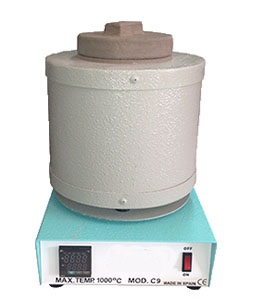

Conclusion
Laboratory equipment forms the backbone of scientific research and innovation in Lahore. Across sectors—whether in medical research, higher education, industrial development, environmental monitoring, or agricultural advancement—Lahore’s laboratories rely on a wide spectrum of tools to drive progress and maintain global standards.
While challenges such as high equipment costs, maintenance needs, and skill gaps persist, the trajectory remains optimistic. With strategic investment, focused training initiatives, and collaborative partnerships, Lahore is well-positioned to strengthen its scientific infrastructure and expand its role on the global stage.
As the city continues to evolve into a center of scientific excellence, laboratory equipment will remain a critical pillar—enabling innovation, enhancing research quality, and ensuring that Lahore contributes meaningfully to the future of science and technology both nationally and internationally.
Join Us in Shaping the Future of Mining!
Subscribe For Newsletter!
